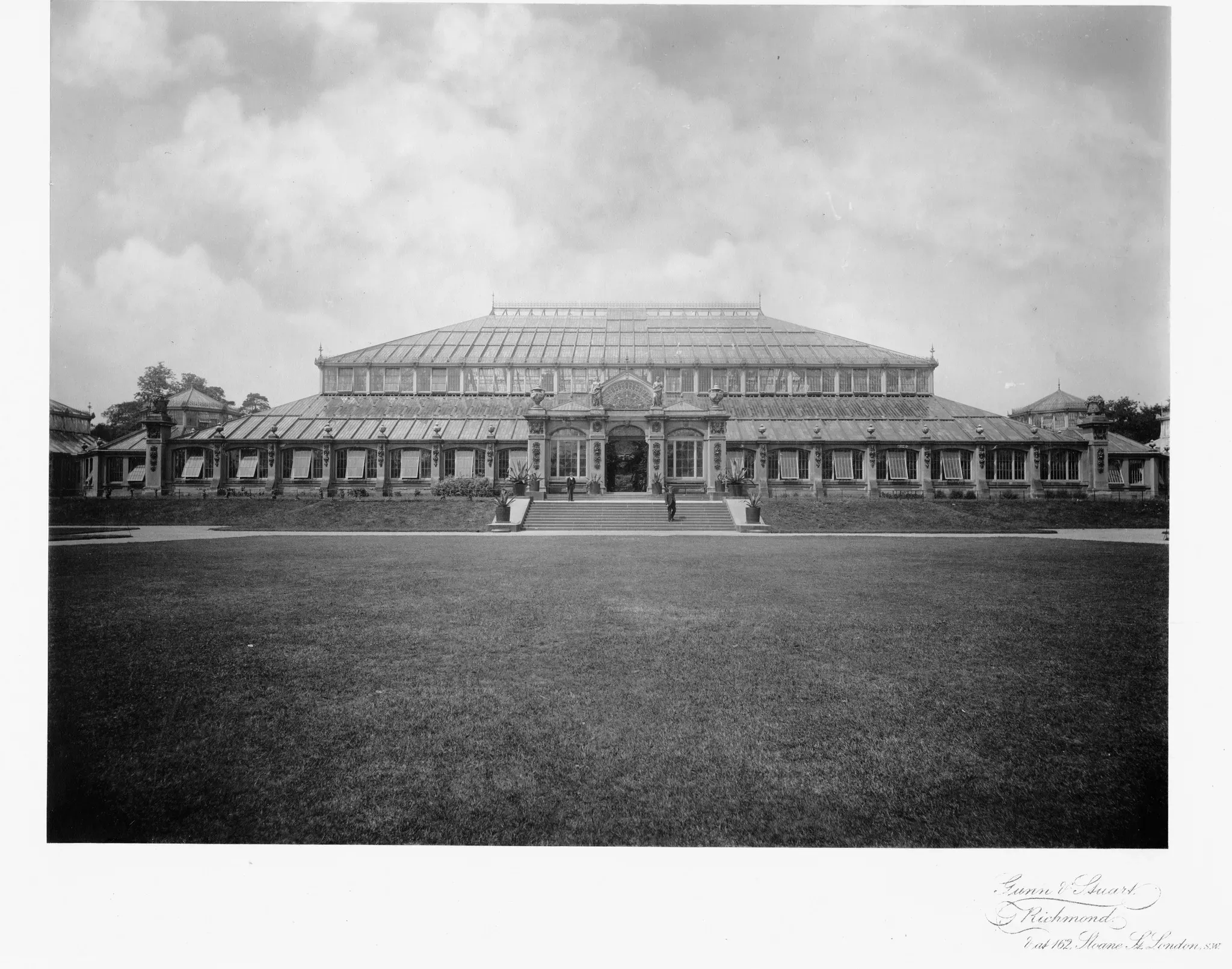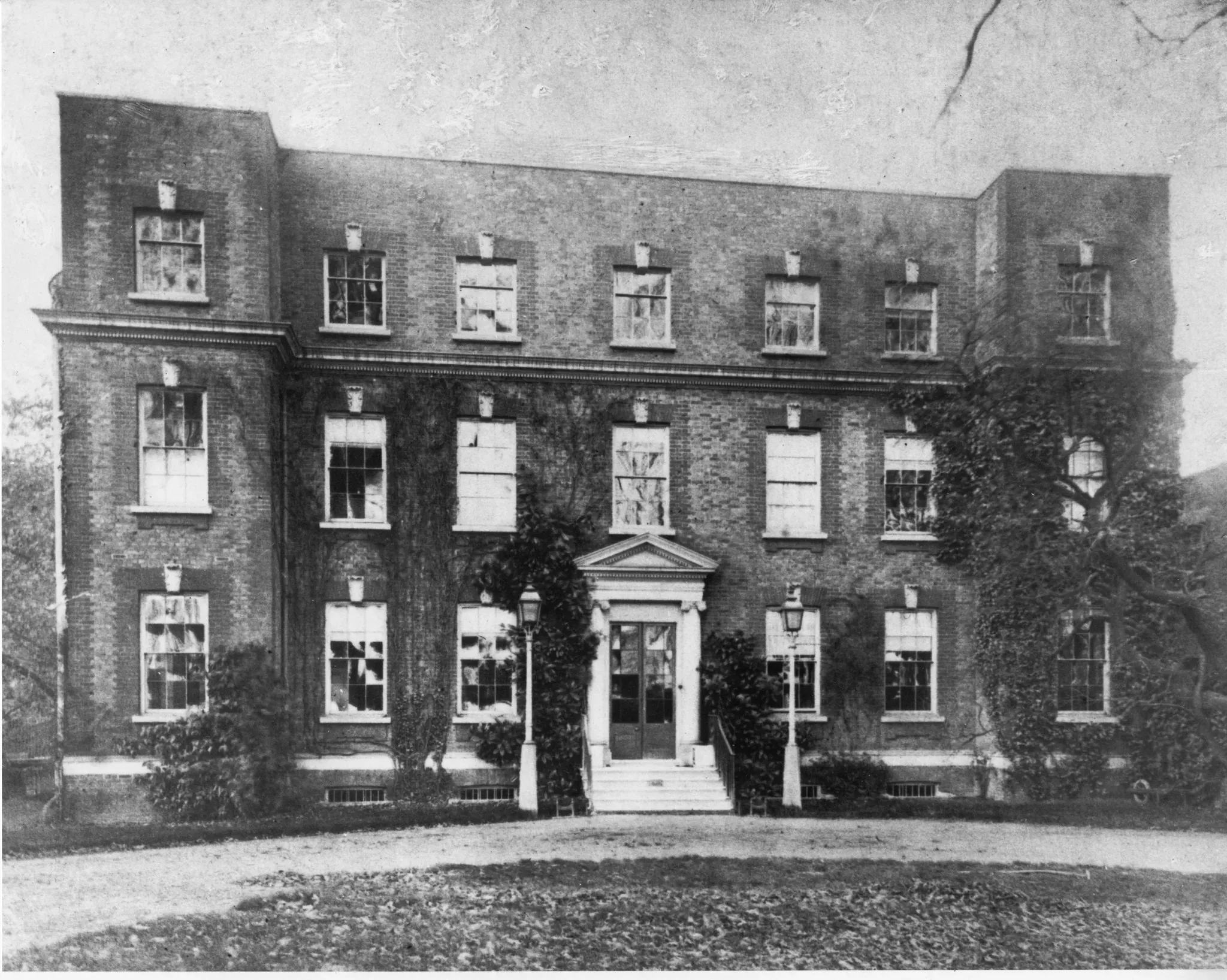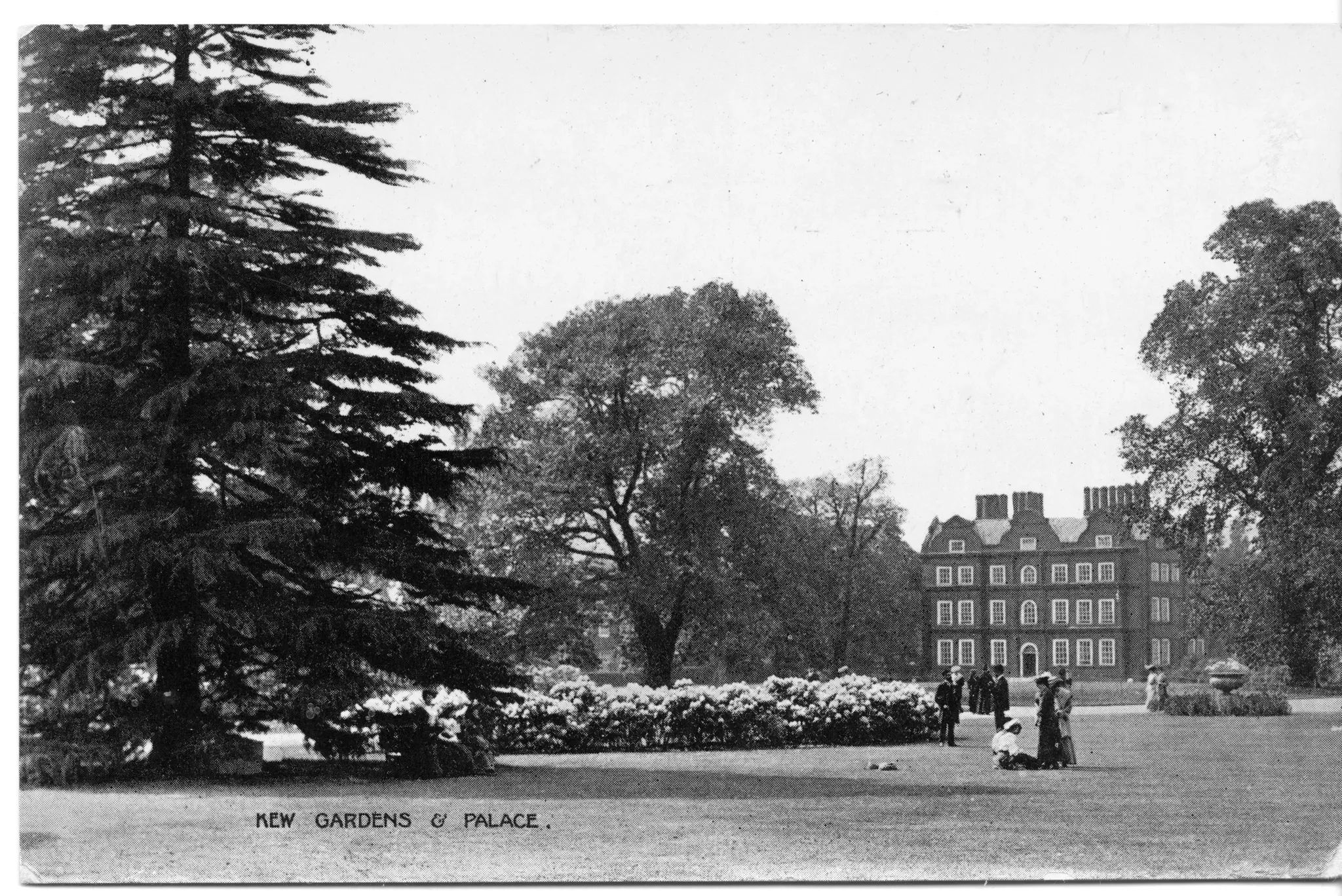27 October 2017
Kewensia: a history of the supernatural at the Gardens
Our newest Archives Graduate trainee Saffron Mackay explores the supernatural side of Kew through material found in the Kewensia collection.

About me
My name is Saffron Mackay, and I’m the new Archives Graduate Trainee for this year. Prior to my arrival at Kew I worked in two Archives alongside my studies in Ancient and Medieval History. For two years I was based in my university Archives at Royal Holloway, University of London, initially as a volunteer and then in a position repackaging material in preparation for the Archive relocation. In addition to this I also spent time at the Royal Albert Hall as an Archives Intern during the summer before my third and final year of study.
All things related to Kew – the Kewensia Series
In the Archives at Kew Gardens we have a fascinating collection called 'Kewensia'. Encapsulated within this series are various materials including newspaper cuttings, maps, photographs and even sheet music that all contribute to the history of Kew Gardens. In addition to the variety of materials found in 'Kewensia', the topics that are covered are even vaster, with subjects ranging from Suffrage to cartoons and caricatures. Within 'Kewensia' there is a subseries entirely devoted to the ‘Supernatural’, and with Halloween just around the corner I thought it would be interesting to explore some of the pieces that can be found in this particular collection.
The ghosts of the Royal Botanic Gardens, Kew
One of the first pieces that can be found in the ‘Supernatural’ subseries is an article from 1974 entitled ‘The Ghosts of the Royal Botanic Gardens.’ The article, written by D. Clarke as a contribution to the Royal Botanic Newsletter explores the various paranormal sightings from around the Gardens.
The ghost of the Temperate House
One of these tales includes the ghost of past assistant curator Charlie Raffill who was thought to eternally occupy the Temperate House. The building, which is currently undergoing a refurbishment and is due to open next year, allegedly saw witness to the late curator’s antics, which included the opening and closing of doors, and turning on taps at random.

The ghost of the Herbarium
Like the Temperate House, the Herbarium was also reported by the author to have its own resident spirit. The late botanist George Bentham was thought to have haunted a room where he worked in the Herbarium, with reports of the heavy fire-irons rattling against the fender in original fireplace being relayed by the author.

The ghost of Kew Palace
In addition to the tales from the Temperate House and the Herbarium, is another from Kew Palace, where two ghostly sightings supposedly took place. Kew Palace in particular saw the death of three members of the Royal Family, probably the most infamous being that of Queen Charlotte who passed away in a chair that is still on display in the building today. As a consequence, it is unsurprising for any reports of supposed supernatural incidences to have occurred over time.
Both of the sightings took place prior to the re-opening of the Palace, which closes to the public during the late autumn and winter months. Over the course of two weeks, similar apparitions were said to have appeared to builders who were working on the refurbishment, with the first described as ‘something white’ and the second sighting being ‘somebody quite small dressed in a long dress who appeared to be holding a candle.’ The author deduces the supposed spirit to potentially be the young Prince Octavius, who died prematurely at Kew in 1783 at the young age of four years old. Due to his pre-mature age at the time of his death, this would have been before the rite of passage known as “breeching” which commonly took place around the age of seven, therefore the young Prince would still have worn long skirts at the age of his passing.
The article which spans seven pages is truly fascinating, and brings to life the supernatural history of Kew that until times such as Halloween is rarely explored.

Aliens in Kew Gardens?
In addition to the ghostly sightings around the Gardens, I was fascinated to have stumbled upon various newspaper cuttings from 2002 concerning the appearance of a giant crop circle in the centre of a wheat field at the riverside end of the Gardens.
According to the newspaper articles found within the Archives, with a circumference of 60 feet, the circle was said to have been perfectly symmetrical, with a floral design decorating the centre. What was most curious about the occurrence was that the wheat surrounding the design remained completely intact, and the eight feet high walls that surrounded the Gardens were not reported to have been breached by the Royal Parks Constabulary, leaving the creator a mystery that baffled both the media and the staff working in the Gardens at the time.
It appears that the mystery of the circle remains unsolved, and whether it was the work of a supernatural force or simply a UFO enthusiast or even just a prankster, the tale of the crop circle has regardless become part of the illustrious history of the Royal Botanic Gardens and its suspected supernatural occurrences.


